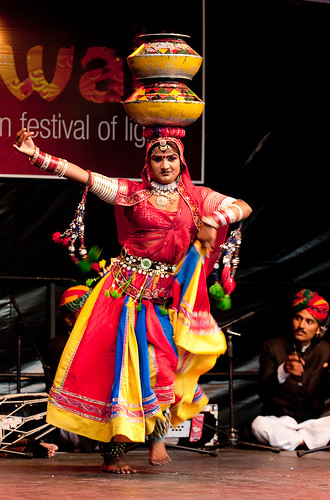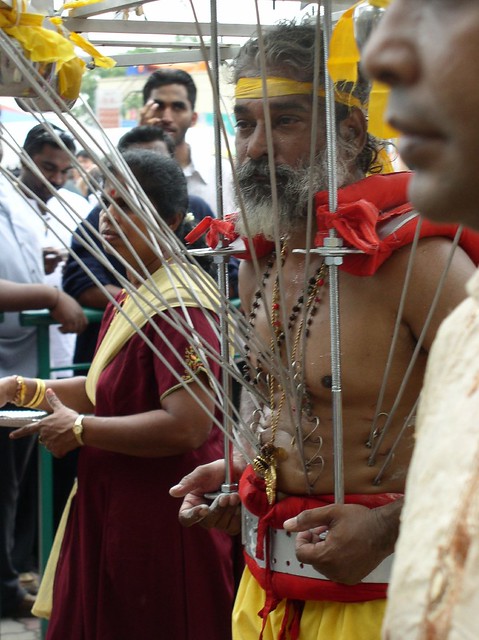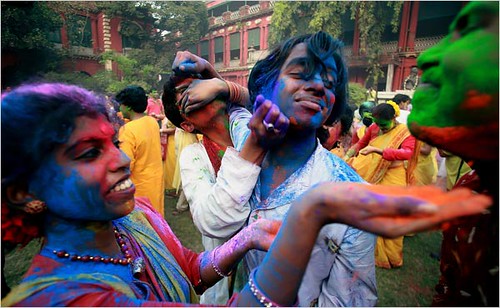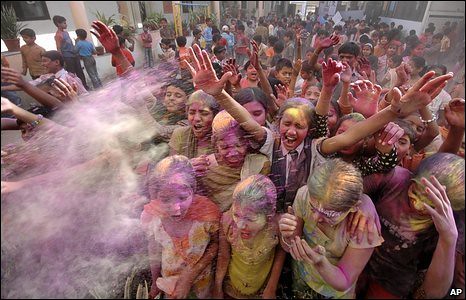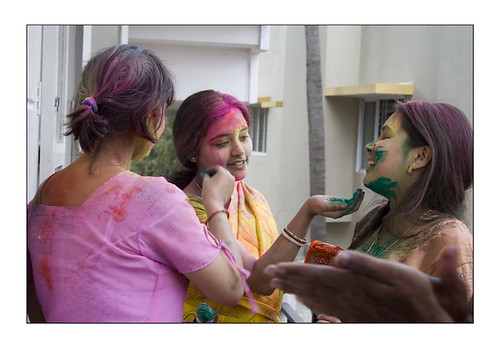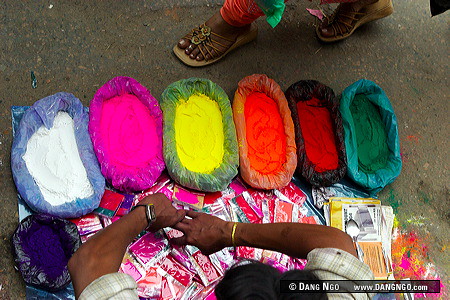
Photo: The Hindu Temple complex and the 26-meter-tall (85 ft) Hanuman Statue, the tallest Hanuman Murti outside India, in Central Trinidad

Photo: Divali Nagar (City of Lights), located in the town of Chaguanas, where the annual exposition of Hindu and Indo-Trinidadian culture, associated with the celebration of Diwali in Trinidad and Tobago, takes place
The Republic of Trinidad and Tobago, the birthplace of Steelpans (steel drums or pans), Calypso (Afro-Caribbean music), Soca (soul calypso) limbo (a popular form of contra dancing), and well-known for its Carnival, is also one of the countries outside India that celebrate Diwali in a significant manner.
Trinidad and Tobago is an archipelagic country situated in the southern Caribbean, northeast of the South American country of Venezuela and south of Grenada in the Lesser Antilles.
The country consists of two main islands, Trinidad and Tobago, and numerous smaller islands covering an area of 5,128 square kilometers (1,980 squire miles). Most of the country's population (96% of 1,229,953 people as of July 2010 est.) lives in Trinidad and 4% of the population reside in Tobago.
Two major ethnic groups in the country are the Indo-Trinidadians and the Afro-Trinidadians in Trinidad, and Indo-Tobagonians and Afro-Tobagonians in Tobago, accounting for about 80% of the population. According to the 2000 census, people of Indian origin (South Asians) make up 40% of the population, the rest of the population being African 37.5%, mixed 20.5%, others 1.2%, and unspecified 0.8%.
Indo-Trinidadians (about 40%) constitute the country's largest ethnic group. They are primarily the descendants of indentured workers from India, brought here by the colonial rulers to work mainly in sugar plantations.
About half of the people of the Indian community follow their original native religions, and the rest have converted to Christianity, or have no religious affiliations (including atheists and agnostics). Through many cultural and religious groups, Trinidadians of Indian descent maintain many of their customs, traditions and rituals.
A major festival of Trinidad and Tobago that stands out is the Diwali Nagar exposition (also spelled Divali Nagar, meaning City of Lights), an annual exposition of Hindu culture broadly, and Indo-Trinidadian culture specifically, staged at the Divali Nagar Site, located in the town of Chaguanas.
Diwali Nagar exposition mainly features stage performances by east Indian cultural practitioners, a folk theatre featuring skits and plays, an exhibition on aspects of Hinduism, displays by various Hindu religious sects and social organizations, nightly worship of Goddess Lakshmi, lighting of Diwali diyas (lamps), performances by various schools related to Indian culture, and a food court serving Indian and non-Indian vegetarian delicacies.
The Diwali festival culminates with magnificent fireworks displays ushering in Diwali. Thousands of people participate in the celebrations in an atmosphere devoid of alcohol and in a true family environment.
The influence of Hinduism can be seen in the Hanuman Murti statue and Hindu Temple complex in Central Trinidad, which is famous for the tallest Hanuman Murti (26 meter/ 85 feet) outside India.
Followers of Hinduism constitute only 22.5% of the population, while the rest of the people are Roman Catholic (26%), Anglican (7.8%), Baptist (7.2%), Pentecostal (6.8%), Muslim (5.8%), Seventh Day Adventist (4%), other Christians (5.8%), others 10.8%, unspecified (1.4%), and people following no religions (1.9%) as per the 2000 census.
The main languages of Trinidad and Tobago are English (official), Caribbean Hindustani (a dialect of Hindi), French, Spanish and Chinese.
